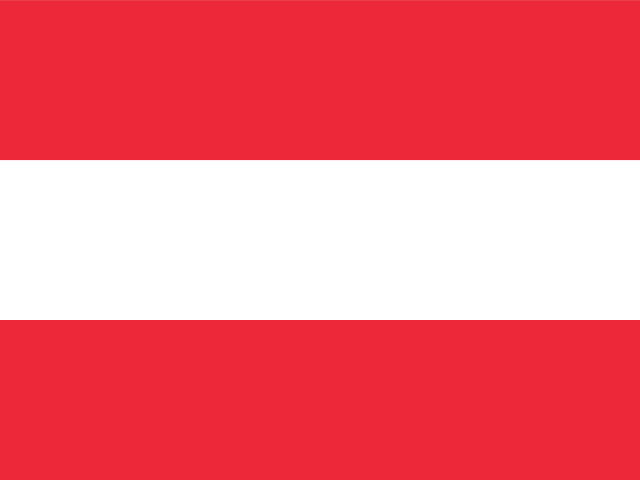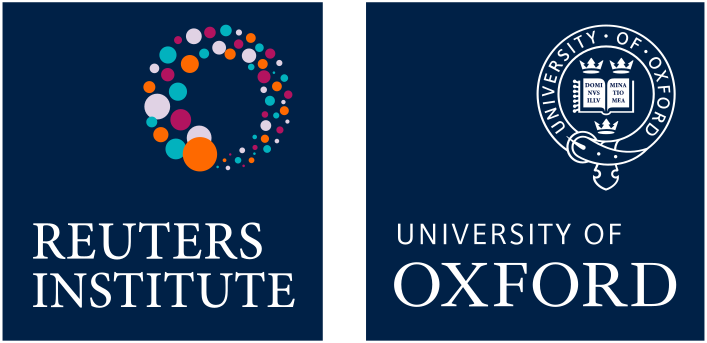
Austria
Austria has been in a state of political turmoil since the far-right, and Russia-friendly, Freedom Party (FPÖ) came out on top in the September 2024 elections, narrowly beating the conservative People’s Party (ÖVP). It took more than five months for the ÖVP to put together a workable coalition that excluded the far right, but throughout this process press freedom and the relationship between politicians and the news media have been in the spotlight.
Throughout the year, tensions grew between the right-wing Freedom Party (FPÖ) and the public service broadcaster ORF. In February 2025, ORF’s editorial leadership publicly rejected accusations from FPÖ politician Peter Westenthaler, a member of the ORF's governing board, who claimed that ORF journalists were acting as political propagandists.
Political divisions deepened when a leaked draft of the FPÖ-ÖVP coalition agreement revealed concrete moves to enact the FPÖ’s long-standing ambitions to abolish the household-based ORF fee by the end of 2026 and replace it with direct state budget funding. Critics condemned these measures as an attempt to ‘Orbanize’ Austria’s media landscape, warning that they could undermine press independence, suppress critical journalism, and increase government control over public broadcasting. However, with the collapse of FPÖ-ÖVP coalition talks, a new government emerged, led by the ÖVP, the Social Democrats (SPÖ), and the Liberals (NEOS). Their media policy agenda includes freezing the ORF contribution fee until 2029, reducing political appointees in ORF’s governing body, and enhancing citizen participation.
While the level of the ORF’s funding is contentious, there is also debate over subsidies for privately owned media. During coalition negotiations between the FPÖ and the People’s Party (ÖVP), FPÖ politicians fuelled controversy by calling for the elimination of press subsidies, accusing Der Standard newspaper of using secretly filmed video material to attempt to embarrass the party.
There have long been accusations that some politicians have used subsidies and government advertising to secure better coverage. In February 2024 the Austrian Court of Audit’s report produced firm data and criticized the media spending of the ÖVP-led, Kurz government (2019–21), citing excessive costs, lack of transparency, and preferential treatment for party-affiliated outlets. The report highlighted the absence of strategic guidelines, undocumented budget increases, and advertising campaigns favouring certain newspapers. However, new rules to avoid more political scandals such as this one, involving greater transparency around state advertising, have yet to be implemented.
The year 2024 was a super-election one, with European elections in June, parliamentary elections in September, and a variety of municipal and regional elections taking place in the spring and autumn. These, together with other major events such as the wars in Gaza and Ukraine, and major sporting events like the UEFA European Football Championship and the Paris Olympics, led to a surge in interest in news according to our data. Those that said they were very or extremely interested went up 4pp to 52%, with interest in politics up 7pp to 44%. And this high interest was not limited to the national level.
Despite continued strong interest in news, financial challenges continue to dominate Austria’s media landscape. The reach of traditional news brands remained stable, apart from Kronen Zeitung, which saw a 4pp decline online but remained the most-read newspaper and the second most-accessed offline news source, following Zeit im Bild (ZIB), ORF’s flagship newscast. Meanwhile, newsroom layoffs persisted. Unsurprisingly the Journalist Barometer survey of media professionals across Austria, Germany, and Switzerland reported job satisfaction plummeting to just 15%, a 20-year low, with 85% of journalists experiencing worsening working conditions. Following the previous year’s cuts at Der Standard and Wiener Zeitung, Mediaprint’s Kurier and Kronen Zeitung each announced job cuts of 40 staff members in 2024.
Despite the challenges, the Austrian media industry received some new financial support. Around €20m were distributed with the enactment of the previous government’s 2023 Federal Act on the Promotion of High-Quality Journalism in Print and Online Media (QJF-G) for the first time, signalling an effort to bolster journalistic standards amid economic uncertainties.
Beyond newsroom struggles, big tech's dominance in Austria's advertising market faced increased scrutiny. The digital tax, introduced in 2020 to cover internet advertising not included in the normal advertising levy, raised around €124m. It revealed that global platforms like Google and Meta earned €2.6bn in ad revenue from Austria, greater than the slightly over €2bn earned by local media. Mediaprint also launched Werbepilot, a new programmatic advertising platform, designed to reclaim lost ground in the digital ad market.
Sergio Sparviero and Josef Trappel, with additional research by Stefan Gadringer
University of Salzburg
Changing media
Weekly reach of printed newspapers has halved since 2025 but remains high by international standards. Podcasts have become an important complementary source of news for many Austrians.
Pay for online news
22%
Trust in news overall
41%
(+6)
=21/48
Trust in news media has increased to 41%, the same level recorded in 2022 in the post-COVID period. The public broadcaster ORF retains the highest level of trust at 63%, closely followed by upmarket newspapers such as Der Standard and Die Presse. Tabloid news brands tend to be trusted less by audiences.

